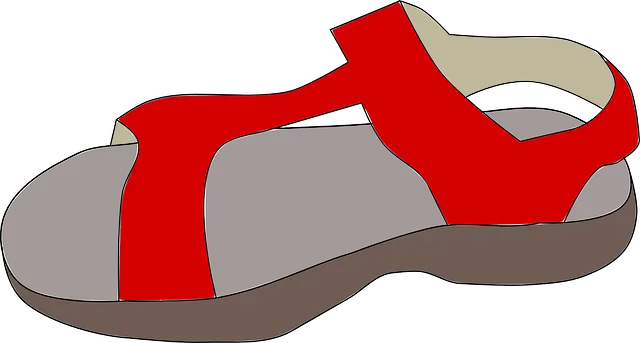Greek Clothing
The ancient Greeks weren’t terribly interested in fashion! The clothing they wore was simple and was made to serve a purpose. (Or several purposes!) Although you often see paintings with Greeks dressed in all white, it is believed that their clothing was actually very colorful. Drawings and carvings from ancient Greece also show clothing with many kinds of patterns on them.

 Most clothing was made at home. The fabric used for clothing was also spun and dyed at home. The same piece of fabric could be used for numerous things. It could be used as both clothing and bedding. The garment was usually simply a square or rectangular piece of cloth, which could be pinned or belted different ways. These garments were usually made from a type of linen or wool. Greece has a mild climate with very hot summers, and so the simpler their clothing, the better.
Most clothing was made at home. The fabric used for clothing was also spun and dyed at home. The same piece of fabric could be used for numerous things. It could be used as both clothing and bedding. The garment was usually simply a square or rectangular piece of cloth, which could be pinned or belted different ways. These garments were usually made from a type of linen or wool. Greece has a mild climate with very hot summers, and so the simpler their clothing, the better.
There wasn’t much difference in the clothing that ancient Greeks wore. The small differences depended on who was wearing it and for what purpose. Both men and women wore a garment called a tunic. The tunics worn by men reached their knees, and the tunics worn by women came to their feet. The tunic would usually be tied at the waist.

Women wore a tunic called a peplos. The peplos was a full-length garment that would be draped and pinned at the shoulder different ways. Women also wore a garment called a chiton. This would be worn over the peplos. The chiton was usually very long and very full, and could be pulled together or sewn at the shoulders. Both of these garments were usually long enough to be pulled up over a belt. This created a pouch called a kolpos. Greek women also sometimes wore an undergarment around the middle of the body called a strophion.

Men also wore a chiton, but theirs was usually made from a lighter material. This was because men often had to work outdoors. A man’s chiton could be draped over one or both shoulders. Greek men often wore a chiton draped over their left shoulder for horseback riding or other vigorous activity.
Both men and women wore a garment called a himation. The himation was a cloak which was worn in colder weather. Like other Greek garments, the himation could be used for other things. For soldiers away from home, it could be used as a blanket. Soldiers had another garment called a chlamys. This was simply a large rectangle of wool worn as a cloak. It was worn especially by soldiers.

 You might be surprised to find that Greeks generally did not wear shoes. They might occasionally wear slippers or other soft-soled shoes, but usually preferred to go barefoot. Boots or leather sandals could be worn for special occasions. It was possible for a person in ancient Greece to go their entire life without wearing shoes!
You might be surprised to find that Greeks generally did not wear shoes. They might occasionally wear slippers or other soft-soled shoes, but usually preferred to go barefoot. Boots or leather sandals could be worn for special occasions. It was possible for a person in ancient Greece to go their entire life without wearing shoes!
Babies and small children in Greece might not wear any clothes at all!

So if you are planning to dress like a person from ancient Greece for a fancy dress party, here’s what you’ll need:
- A tunic, knee-length if you’re male, full-length if you’re female.
- A peplos and a chiton if you’re female, and don’t forget to bunch it at the waist.
- A chiton if you’re male, and drape it over your left shoulder if you’ll be arriving on horseback!
- A himation, in case it’s cold outside.
- And feel free to go barefoot!
There you have it: a brief look at the clothing of ancient Greeks. It wasn’t fancy, but it was functional.



